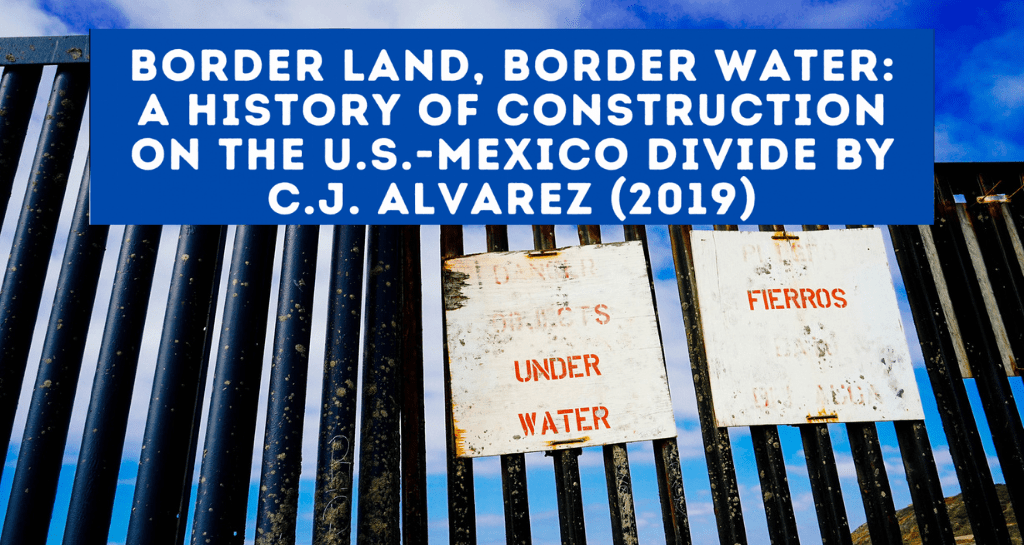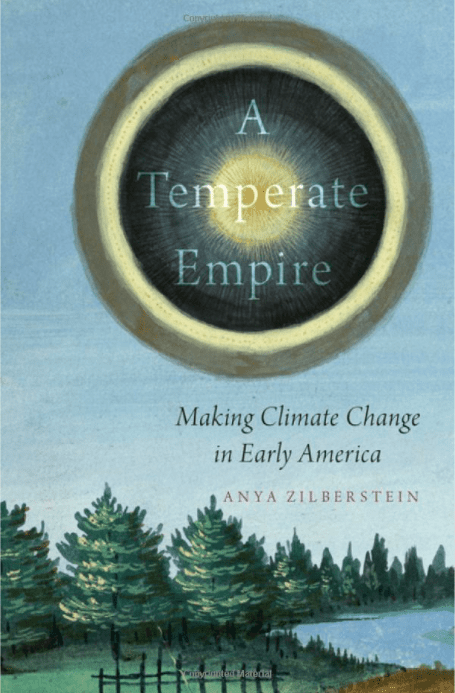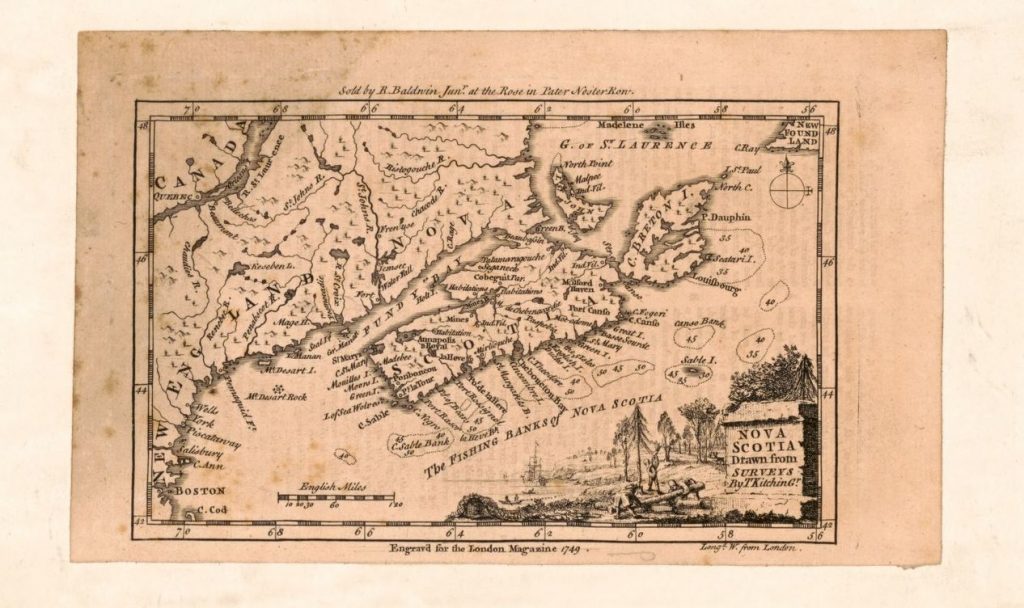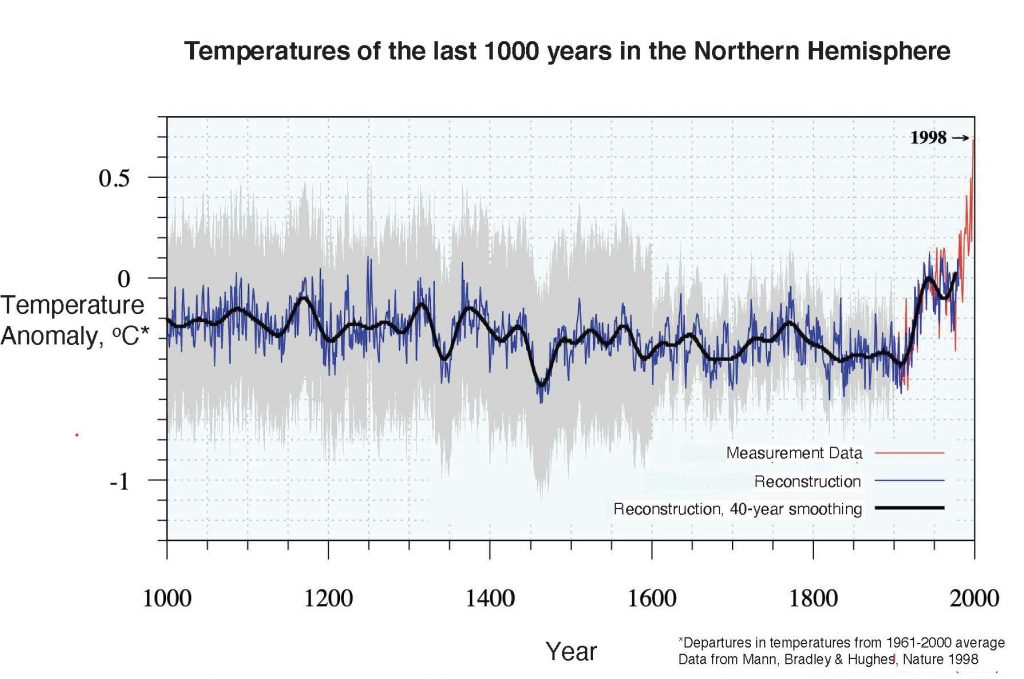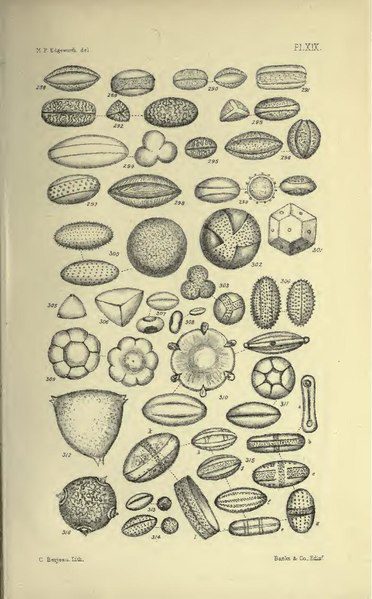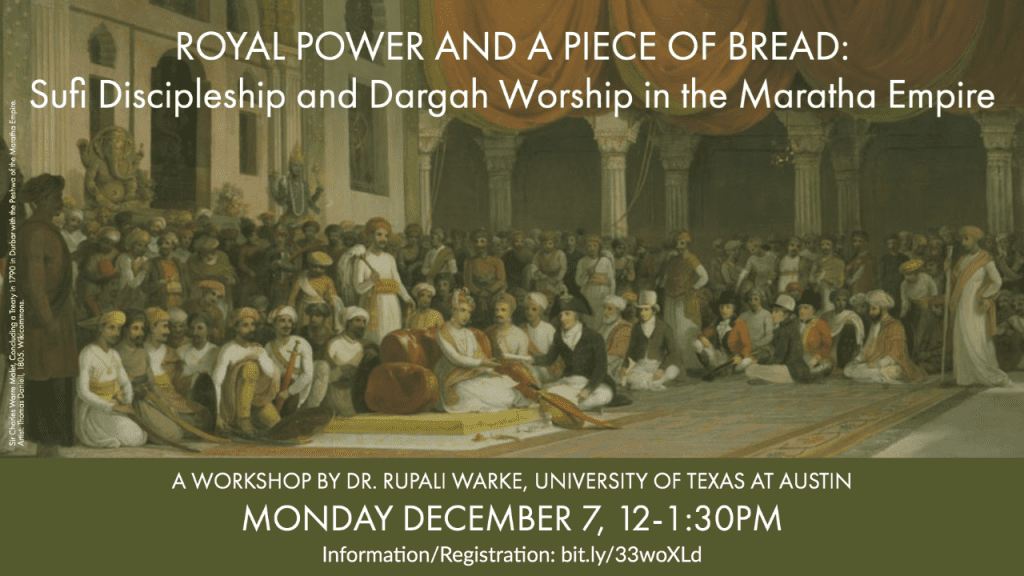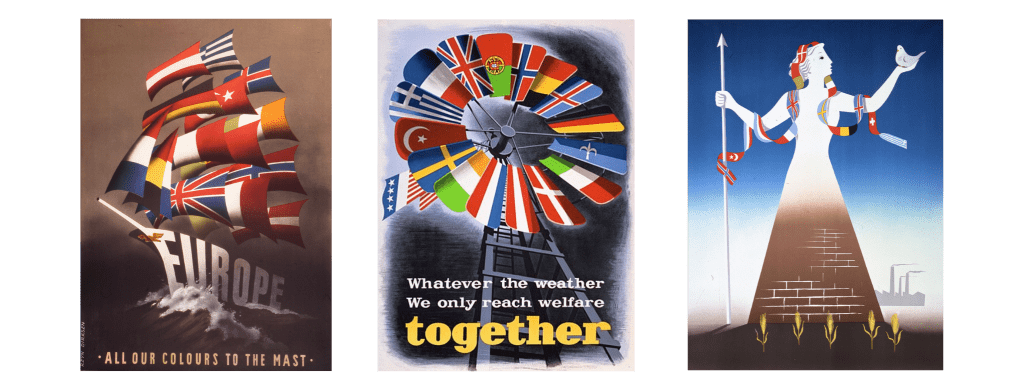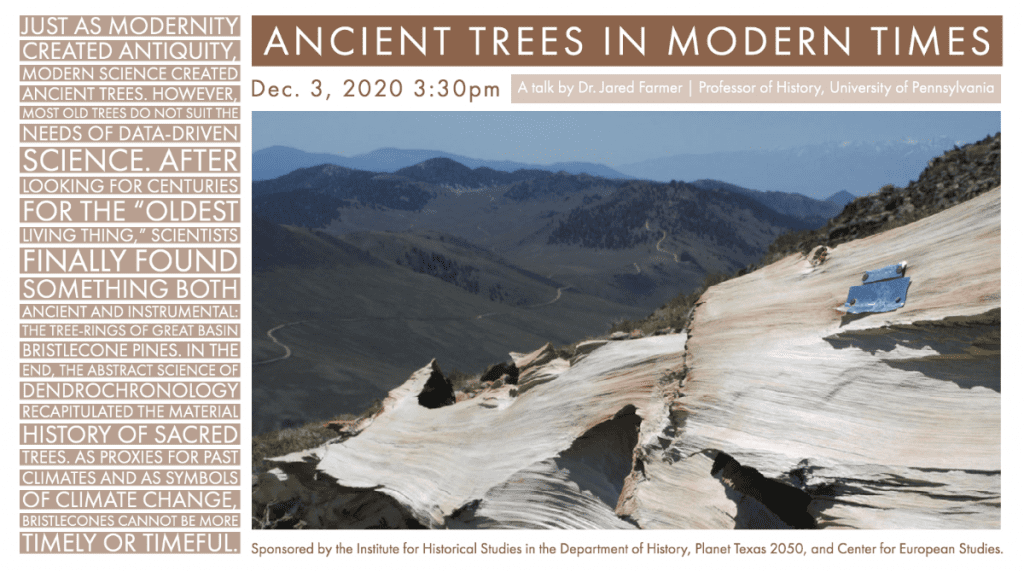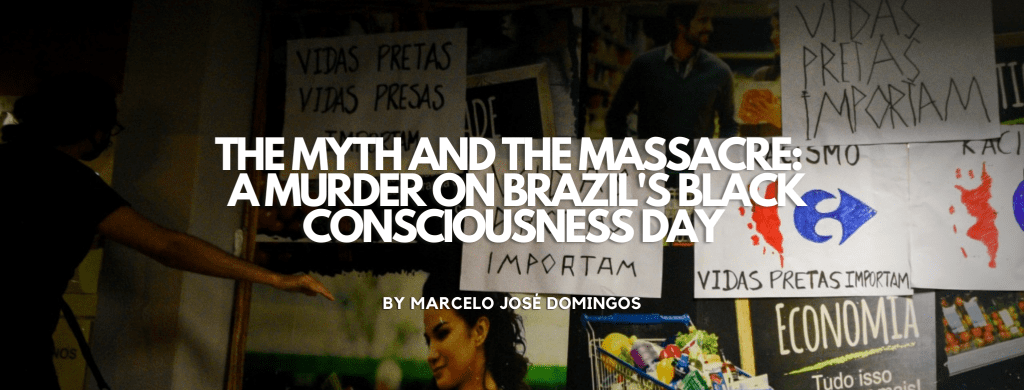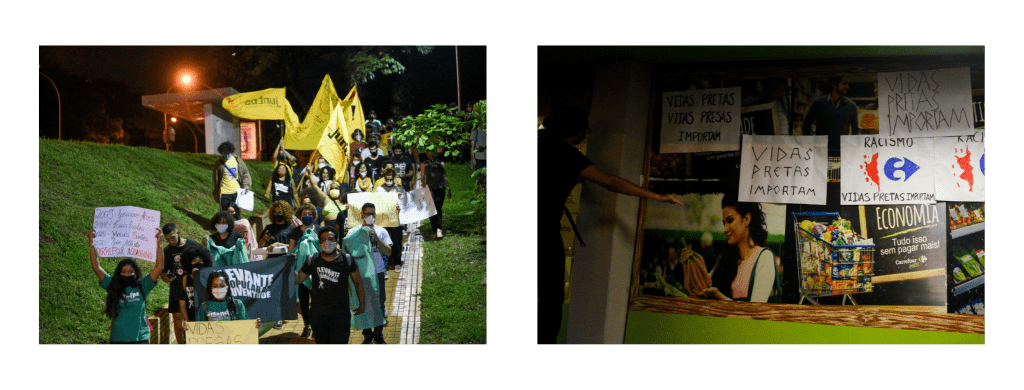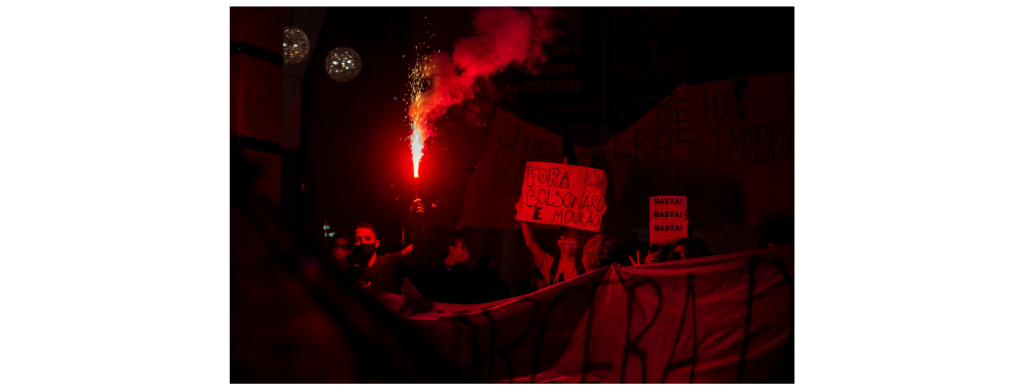The success of Not Even Past is made possible by a remarkable group of writers, both graduate students and faculty. Not Even Past Author Spotlights are designed to celebrate our most prolific authors by bringing all of their published content across the magazine together on a single page. The focus is especially on work published by UT graduate students. In this article, we highlight the many contributions of Alejandra Garza.
Alejandra Garza is a PhD Candidate at the University of Texas at Austin. Her research analyzes ranching communities along the Texas-Mexico border during the 20th century. She positions the life of Mexican American vaqueros beside the legacy they left behind in their communities. Those legacies are often depicted by monuments, festivals, and celebrations that stretched into the 21st century. Alejandra’s research examines the intersections between gender, race, and culture in a geographical area that is often overlooked in the historiography of Mexican Americans. Rural towns in south Texas provide sites of memory against the backdrop of the ranching economy that evolved throughout the twentieth century.
Some of her publications on Not Even Past are included below.
“I don’t want to be a professor.”
Those seven words are probably not what a typical Ph.D. candidate is supposed to say. But that’s exactly what I announced in 2015 as I considered the University of Texas at Austin as the potential site for my doctoral research. Thankfully, these seven words did not derail my admission. I breathed a sigh of relief when Dr. Alison Frazier, the graduate advisor, opened that Recruitment Weekend with a straightforward but hugely important statement: “We know not everyone wants to be a professor, or will obtain a tenure-track job. That is okay. We believe in the malleable Ph.D. and we will help you build your skill set.”
The idea of the “malleable PhD” became my driving motivation (along with my research) as I completed my graduate school education at UT-Austin. I have not only felt comfortable saying that my career aspirations extended beyond faculty-positions but I also have seen the history department here actively engage with what is so often called “alt-ac.” Read the full article here.
For the complete series as curated by Alejandra see below
- Part I: My Journey Through Career Diversity
- Part II: Navigating the PhD and Beyond: Verónica Martínez-Matsuda
- Part III: Navigating the PhD and Beyond: David Conrad
- Part IV: Navigating the PhD and Beyond: Eric Busch
- Part V: Navigating the PhD and Beyond: Brian Stauffer
By Alejandra Garza and Maria Esther Hammack
Controversies surrounding textbooks are nothing new, especially in Texas. For years, textbook selection in Texas has grabbed headlines and generated great discontent and debate. Textbooks adopted by the Texas State Board of Education (SBOE) are unusually important because they are also adopted for use in classrooms across the country. Whatever Texas adopts, students across the United States get. In 2014, a coalition of unpaid Texas citizens who called themselves “Truth In Texas Textbooks,” presented the SBOE with a report containing 469 pages of factual errors, “imbalanced presentation of materials, omission of information, and opinions disguised as facts,” found in three world history and geography textbooks that were being considered for adoption that November. And who can forget the 2015 textbook fiasco, when the Texas Board of Education refused to allow professors to review and fact-check textbooks that were to be implemented in Texas curricula that year. Historians and other academics protested because non-experts were writing and reviewing history textbooks.
Read the full article here

Browsing through the online finding aids for the Dolph Briscoe Center for American History, I was stunned to discover that they housed an original copy of a 1939 newspaper from Hebbronville, my hometown in South Texas. The curiosity quickly got the better of me and I was at the repository the next day calling up this item. Two thoughts running ran through my mind: “How funny that it ended up here” and “What is so special about March 9, 1939?”
The archivist brought me a larger than usual box that held newspapers from towns all across Texas beginning with the letter “H.” The archivist looked at the box, said “Good luck,” and left me to my searching. To my delight and relief, the newspaper I was looking for sat at the top of the pile, bound in its own cover.
Read the full article here
The U.S.-Mexico border is a constant subject in today’s news. Debates over immigration and the building of a wall along the border keep the spotlight fixed on the land and water that stretches from California to Texas on the U.S. side and Baja California to Tamaulipas in Mexico. As a native South Texan, the route from Laredo to Brownsville was my stomping ground. Laredo was a short 50 mile drive west from my hometown of Hebbronville. It was not uncommon for us to cross the international border into Nuevo Laredo. When my family stopped crossing into Nuevo Laredo, I attributed it to the rise in violence. Historian C.J. Alvarez shows that the debate about the built environment along the border began before the Trump administration and control of the border region includes more infrastructure than the infamous wall.
Read the full article here



